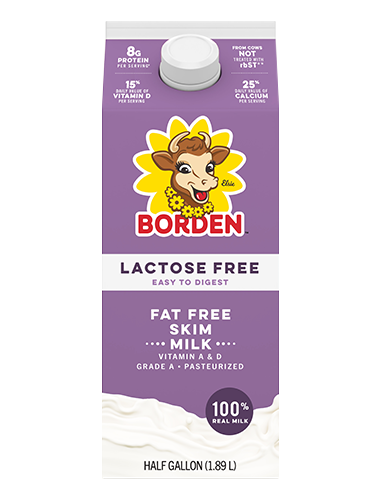

Vitamin E: This doesn’t get mentioned a lot, but whole milk also contains a small amount of tocopherol (vitamin E), which is lost to the production of skim milk.Vitamin D: Whole milk is one of the few natural dietary sources of vitamin D.Vitamin A: Milk contains a source of pre-formed vitamin A (retinol) ( 8, 9).Whole milk contains a range of naturally occurring fat-soluble vitamins and these include These concerns include the loss of natural fat-soluble vitamins, potential differences compared to whole milk regarding blood sugar response, and the taste. While skim milk has a couple of benefits, some people express concerns about it too. It also offers an excellent source of calcium. Key Point: Skim milk is rich in protein, and it is more protein-dense than other types of milk. With this in mind, skim milk is the better option if someone is looking to increase their protein intake while adding a minimal amount of calories. In contrast, whole milk contains the same amount of protein, but the same serving size provides around 60 calories of energy.Īs a result, whole milk has a protein density of only 22.7%. These ratios give a protein density of 40%. One gram of protein is equal to 4 calories, so there is a total of 13.6 calories from protein per 100 grams. Since it is much lower in total calories, skim milk has a higher protein density than other milk options.įor instance, 100 grams of skim milk contains 34 calories and 3.4 grams of protein. Of course, all milk is a good source of calcium, and so this isn’t a unique point, but skim milk does have the best protein density. There are two main benefits of skim milk protein and calcium content. What Health Benefits Does Skim Milk Have? It also provides an excellent source of complete protein. Key Point: Skim milk provides a similar nutrient profile to whole milk, and it is particularly high in the mineral calcium. To learn more about the production process, there is a useful resource here. In these containers, the milk awaits collection. To make skim milk, producers use a centrifugal separator to remove the fat globules from the milk.Ĭentrifugal separators operate by spinning the milk at extremely high forces.ĭuring this process, the milk and the fat separate and run off into two spouts leading to different containers within the centrifuge. The main difference in the nutrition profile of whole milk and skim milk is the calories and fat content.Īs skim milk contains no fat, the total amount of calories (1 gram of fat = 9 calories) is much lower. It is also common to hear people call it ‘non-fat’ or ‘fat-free’ milk. Skimmed Milk (British English): This milk typically comes in red packaging or has a ‘red top.’.
#CALCIUM IN SKIM MILK FULL#
We will examine the full nutritional content a little later on, but skim milk usually has between 0% and 0.1% fat content.ĭepending on where you live, you may know this type of milk by different names: Skim milk is simply milk that has had most of the butterfat removed and some vitamins added by fortification. This article takes a balanced look at the nutrition profile, health benefits, concerns, and scientific research on skim milk. On the other hand, some people have concerns about skim milk’s higher level of processing. While some people claim it is lower in “harmful” saturated fat, others feel that dairy fat is perfectly healthy. All rights reserved.There are lots of facts and myths about skim milk, which is a type of milk with the fat removed. The findings from this study suggest that the different association constants and formation of an intermediate calcium complex with hydroxycarboylate groups affected the calcium ion activity, which may influence the gelation properties in milk.Ĭalcium activity Calcium gluconate Calcium lactate Calcium lactobionate Colloidal calcium Dairy protein Ionic calcium Milk gel.Ĭopyright © 2017 Elsevier Ltd. With the same amount of added calcium salt, the final G' of milk gel followed the same order. The a Ca 2+ order in milk was calcium chloride>calcium lactate>calcium gluconate>calcium lactobionate. The amount of calcium salt required for gelation and the gel firmness (G') varied depending on the salt. Regardless of the type of salt added, the amount of casein in milk serum decreased and the amount of calcium in centrifuge sediment increased along with the serum calcium. This study investigated the effects of heating skim milk with soluble calcium salts, calcium chloride, calcium lactate, calcium gluconate and calcium lactobionate, on the physico-chemical and rheological properties of milk.


 0 kommentar(er)
0 kommentar(er)
